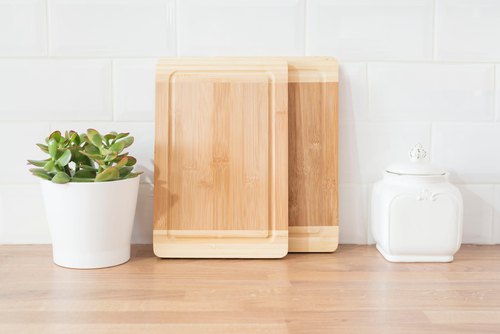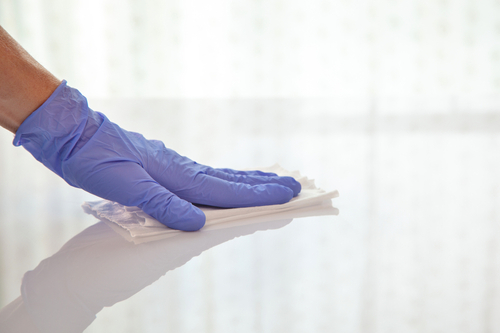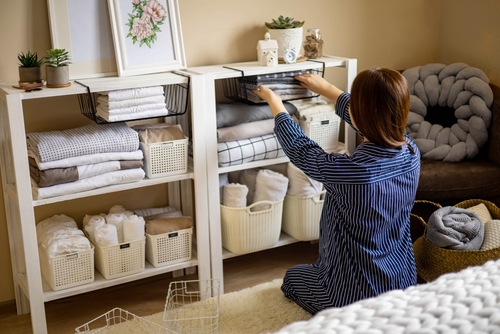
Hiring Cleaning Services During The Flu Virus Season
March 28, 2020
Why Home Cleaning Is Important Now With Covid-19?
April 29, 2020Routine Cleaning and Disinfection To Prevent Spread Of Flu Virus
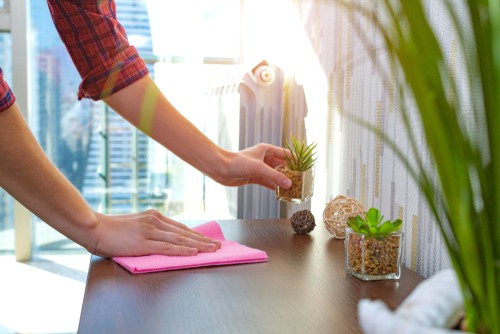
Routine Cleaning and Disinfection To Prevent Spread Of Flu Virus. Many pathogenic bacteria are transmitted by touch or by airborne droplets. Currently, mass epidemics of colds and flu viruses are occurring every now and then. Microorganisms are everywhere: in soil, water, air, in the body, and on the surface of the human body, animals, plants, and food products. Moreover, microorganisms play an essential role in the circulation of substances in nature. For example, due to their vital functions, the decomposition and mineralization of animal and plant residues occur. In the soil, they carry out a cycle of carbon, nitrogen, and phosphorus.
The microorganisms living in water provide self-purification of water in reservoirs. It is impossible to see microorganisms with the naked eye. They can be observed only with the help of optical instruments – microscopes. However, not all microorganisms benefit a person. Some microorganisms are conditionally pathogenic. They can cause serious diseases if not dealt with. Routine cleaning and disinfecting is the main way to deal with the pathogens and prevent the spread of flu virus.
Routine Cleaning and Disinfection To Prevent Spread Of Flu Virus – Disinfection against the flu virus
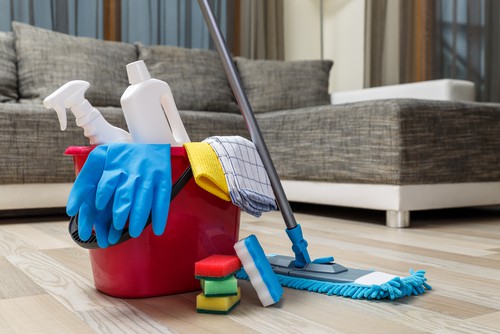
Methods of disinfection
There are five basic methods of disinfection:
- 1) Mechanical – wet cleaning, washing, dust removal, washing clothes, air filtration, hand washing, whitewashing, painting rooms.
- 2) Physical – the effect of high temperatures, UV radiation, boiling, the action of hot air. Those principles that are inherent in the device devices and apparatus for disinfection and sterilization.
- 3) Biological – used for disinfection of wastewater, garbage. Based on the antagonistic relationships of microorganisms.
- 4) Chemical – exposure to sanitizing methods of rubbing, irrigation, soaking, falling asleep.
- 5) Combined – all of the above methods in various combinations.
Cleaning and disinfecting is an inevitable part of our whole life. In our living places, it is essential always to keep them clean. Routine cleaning of premises is a necessary measure. The purpose of which is to prevent the spread of Flu virus and other diseases inside the premise. These procedures need to be given the most serious attention since it directly affects the life and health of a person.
Disinfection is a series of activities carried out to kill fungi, mold, various viruses and bacteria. It is carried out after cleaning. The correct choice of method, mode, and set of tools for organizing this procedure ensures its effectiveness.
Disinfection is required in the event of a change of ownership of the apartment as well as the appearance of a fungus in the apartment. The preventive option should be carried out regularly. This is a normal wet cleaning using cleaning agents with bactericidal additives. For example, you need to clean the carpet regularly so that allergens do not collect in it.
Surface fungus disinfection
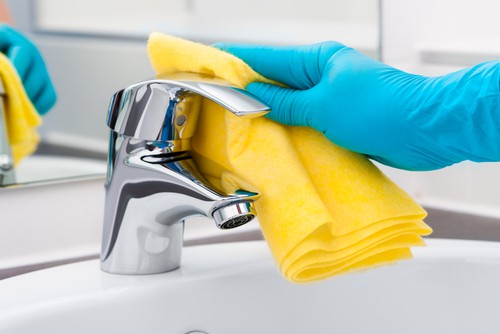
Treatment of fungal infection should be accompanied by the disinfection of everything that the fungus could come into contact with. This is cleaning dishes, walls, floors, bathrooms, personal belongings of the patient.
Fungus disinfection can be done at home.
Bath disinfection
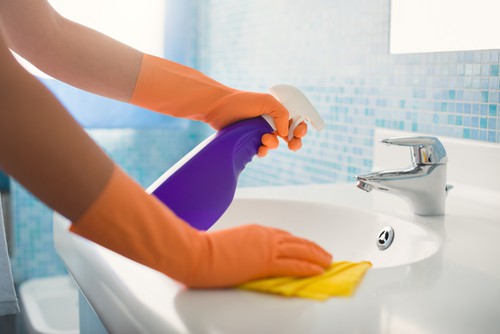
Also, disinfect the bottom and walls of the bath with the appropriate disinfectant.
Shoe disinfection
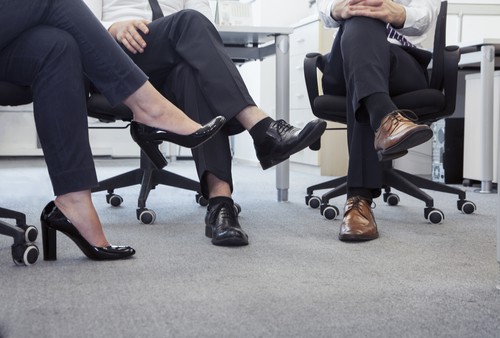
Disinfect shoes with a solution of acetic acid 40% or formalin 25%. To do this, carefully wipe the side sections of shoes and insoles with a swab soaked in the solution. Then put the swab in the shoe toe and put the shoes in sealed cellophane. After this procedure, wipe the shoes with ammonia to get rid of the pungent odor of acetic acid or formalin.
Disinfection of linen
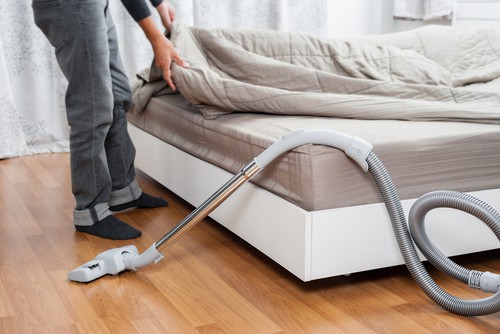
The most effective and, at the same time, simple way of disinfecting linen, socks, stockings, tights are the usual boiling of things in a soap solution with soda for 20 minutes.
After this, you should iron the laundry with a well-heated iron.
You can also use a solution of 100 g of hydrogen peroxide with water heated to 60 ‘ C. Immerse the laundry in the solution, bring it to a boil, and boil the laundry for 15 minutes, stirring constantly.
Routine Cleaning and Disinfection To Prevent Spread Of Flu Virus – Fighting viruses and bacteria in the home
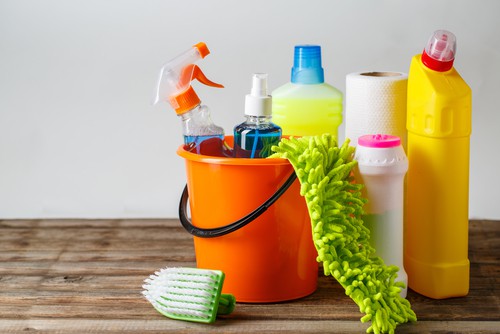
Often it is necessary to decontaminate the room in which children and other family members mostly appear. To carry out this event, you should start with the wet cleaning of all surfaces. It is better to carry out wet cleaning every day, adding disinfectant solutions to water.
Remember for bacteria and viruses, the most favorable conditions are dry, warm air. Therefore, ensuring a normal level of humidity and air temperature in the room is a guarantee of the destruction of pathogens. Under the influence of oxygen, many bacteria die under normal conditions.

